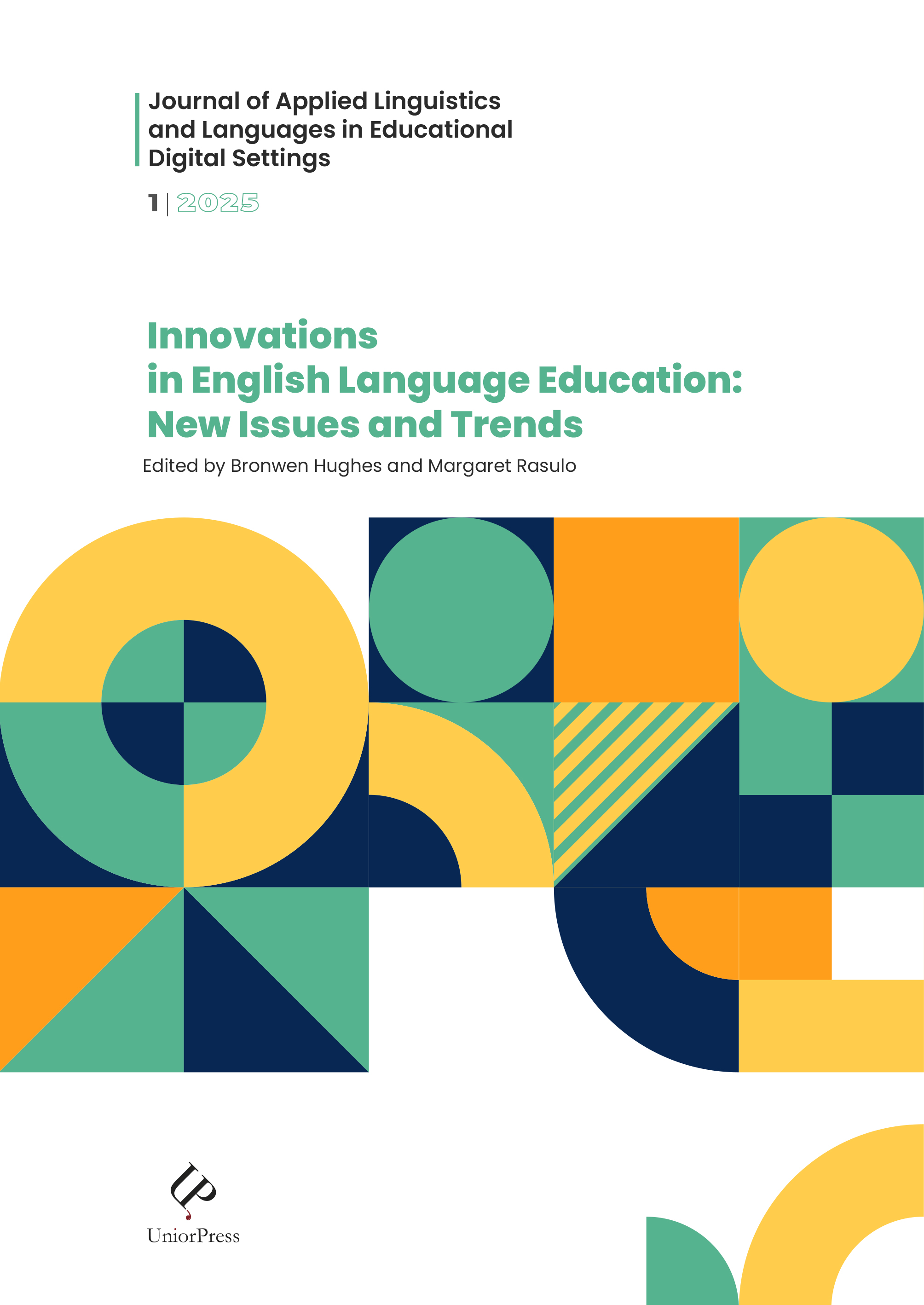Bilingualism and “Bilingualisms”: Different Dimensions and Contexts of Acquisition
Keywords:
bilingualism, instruction, multilingual education, third language acquisition, ESL, multilingualism, metalinguistic awarenessAbstract
The present paper provides insight into the concept of bilingualism and bilingual education under different perspectives of investigation. First, it highlights the complexity of the phenomenon, together with its ambiguity in terms of categorisation, depending on the specific factor considered. Second, it analyses various aspects of bilingualism in terms of educational outcomes, cognitive development, and socio-cultural background. Third, the role of a particular factor is examined: the context of acquisition of each language mastered by the multilingual speaker. In particular, the methodology and findings of the most significant studies on the influence of bilingualism on third language acquisition (TLA) will be compared and contrasted to discuss their contribution to the study of instructed and uninstructed bilingualism. Finally, a discussion on the implicit and explicit paradigm is included with a focus on the impact of metalinguistic awareness on additional languages, related to the different routes of acquisition available to learners. The implications of the research are portrayed in pedagogical terms, advancing a teaching approach focused on multilingualism, i.e. on the whole linguistic repertoire of the language learners.




